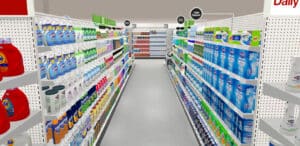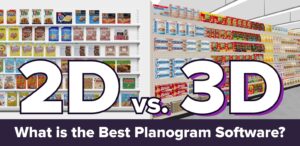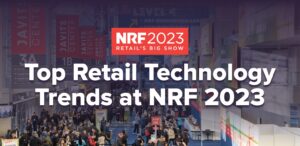3 Sustainable Retail Practices to Implement in 2022
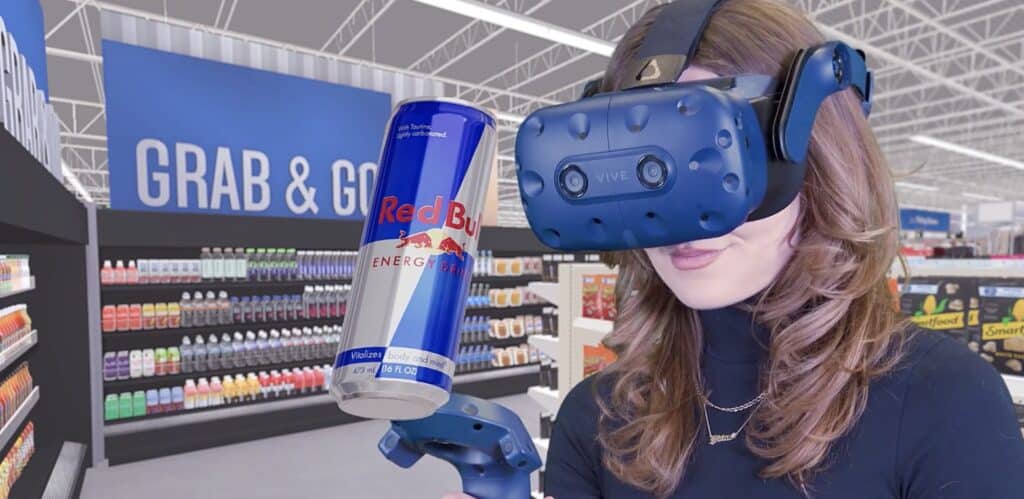
Retail waste is becoming a greater concern with consumers and leading brands to consider more sustainable retail store design.
1. Choose energy-efficient options in stores and offices
One of the simplest ways to embrace sustainability is to implement energy efficiency in retail stores. Not only will this boost brand image, but it will also reduce operating costs. A report by McKinsey states that energy is the fourth largest in-store operating cost for US retailers. It is a cost that follows just after labor, rent and marketing.
This focus on energy savings can be as simple as verifying that all retail fixtures use LED light bulbs or lowering the thermostat by a few degrees. It could also involve implementation of office protocol such as turning off equipment (computers, registers, printers, etc.) before leaving the building.
The best course of action is to audit the energy use in your store(s). For example, grocery stores or supermarkets have a high reliance on refrigeration which may use up to 40 percent of the property’s total energy. In this case, there is list by Energy Star with a lot of helpful tips designed for convenience and grocery store energy efficiency.
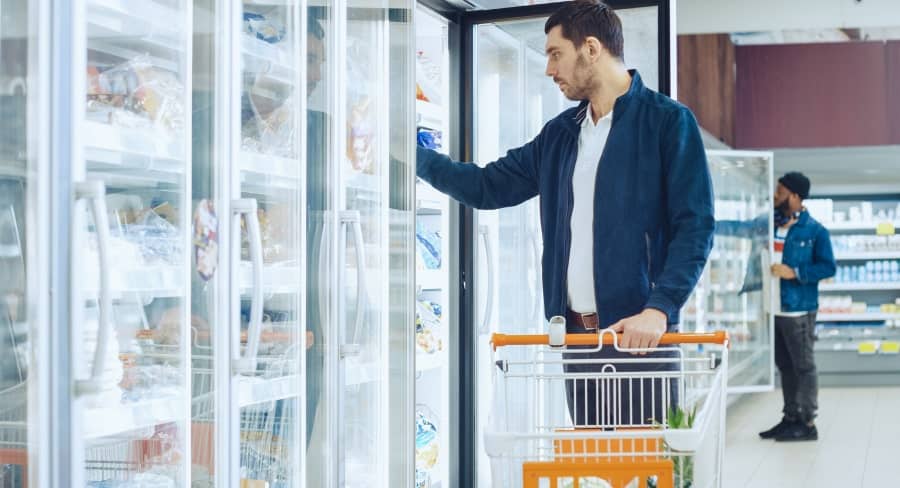
2. Innovate using digital solutions like VR
Adoption of virtual reality store technology for innovation and showrooming is another way to go green and makes the buying process easier for everyone.
Traditional physical retail labs require investment into physical resources such as buildings, fixtures and products. These buildings require power and maintenance. It also demands that the individuals that work there or research participants find transportation to go there and back.
Steve McLean, ReadySet VR CEO, explained that “one of the biggest inefficiencies of physical set rooms is managing the product inventory. Not only are there significant sourcing, shipping and storage complications, but all of the product used for set room purposes will go to waste because it can no longer be purposed for retail. The inventory of set rooms needs to be constantly updated as packaging changes and new items enter the market.”
There is also an additional layer of difficulty because “manufacturers often have to send entire cases of product to their physical labs as it is the only operationalized way products can be sourced internally. Obviously you then have to source all the competitive items in market driving cost and energy consumption”. In short, physical set rooms are typically wasteful and cumbersome to maintain.
These physical store headaches are not necessary when utilizing a virtual retail lab. Brands are able to use virtual retail planning software to plan and test their in-store solutions without the physical cost and waste. It provides category managers with a way to easily build sustainable retail displays online using digital fixtures and products.
Market researchers can then quickly test those solutions because VR immerses respondents in a realistic, 3D store environment that can be viewed and shopped as it would be in real life. This type of virtual reality market research is often more reliable than traditional methods because it collects incredibly accurate eye-tracking and movement data. The virtual reality hardware required for such activities can be conveniently shipped to any location, allowing brands to showcase their category recommendations and new products to retail buyers at any time and any place.
The digital nature of VR store planning reduces waste and expenses associated with physical operations. It will minimize the organizations carbon footprint and environmental impact that would be required to manufacture physical products for innovation. There is also an added advantage as it allows team members to easily collaborate in retail spaces, eliminates the need for unnecessary showroom traveling and saves time by streamlining the product sourcing process.
3. Invest in more sustainable packaging
Product packaging is the most consumer-facing element of a brand. As shopper concerns surrounding retail sustainability efforts grow, the more they may seek out brands with eco-friendly food packaging. A switch to carrying products packaged with more sustainable materials is also how retailers can reduce plastic waste.
While some consumers may dream of a plastic free future, it is important to recognize that plastics appear to be sticking around for now. The current infrastructure encompases technology challenges that make it difficult to make a big shift away from plastic packaging. To combat this, companies are working on improving the use of plastics by improving recyclability, decreasing resin usage, and accelerating use of other recycled materials.
Although still plastic, these initiatives are helpful because only about 16 percent of all plastic waste is reprocessed to make new plastics. Leaving the majority of plastic packaging to be incinerated or sent to a landfill. There is also an issue at recycling plants because current sorting technology cannot effectively handle around 30 percent of plastic packaging.
In order to create sustainable food packaging for your brand, you may need to think beyond simply eliminating plastic. For a more eco-friendly packaging design to be practical, it will require examination of the alternative material supply chain, more recyclable plastics, and hazardous waste management.
Packaging design is another area where virtual reality technology can be of assistance. Concept variants are quickly prototyped within VR software so ideas can be visualized and tested before any investment into physical prototypes takes place. This allows brands to experiment with their packaging as much as they find necessary without the stress of wasting a lot of budget on concepts that don't move forward.
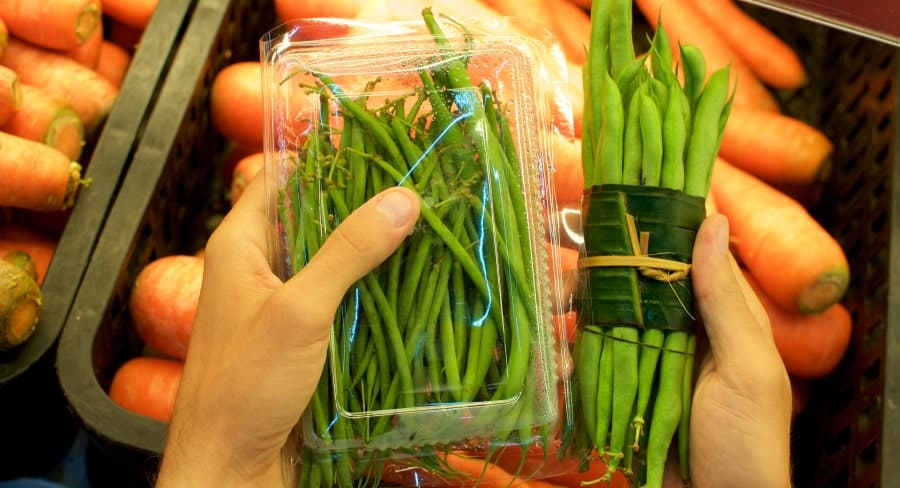
Although the idea of zero waste retail may not be attainable within the next couple of decades, this does not mean that it should not be included on your business model roadmap. New retail industry trends and strategies are ever evolving as consumer behaviors change. You must constantly be evaluating your market in order to keep up with customers and competition.
Subscribe to our newsletter
Get our blogs and the latest retail news delivered to your inbox monthly.
Recent Posts
6 Applications for 3D Planogram Software in Retail
As the world of retail continues to evolve, leading brands are turning to virtual reality planogram software to enhance their operations and gain a competitive edge. This software offers a range of benefits for retail, including space planning, merchandising, market research, and training, enabling retailers to visualize store concepts and even explore the metaverse. Industry…
What is the Best Planogram Software: 2D vs. 3D
Looking for the right planogram software for your retail business? We compare 2D vs 3D retail planogram software, exploring the pros and cons of each option. Discover which type of software best fits your retail needs and achieve visual merchandising success. What is a planogram? A planogram, also known as a plano or a plan-o-gram,…
Top Retail Technology Trends at NRF 2023
This year’s NRF big show showcased numerous retail tech solution companies with the latest developments in digital twins, customer insights, artificial intelligence and virtual reality. We recently went to the largest retail industry event in New York City to discover retail trends for 2023. All of the top retail technology companies were in one place…

